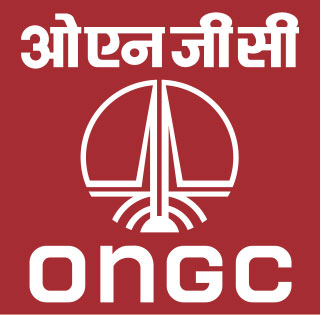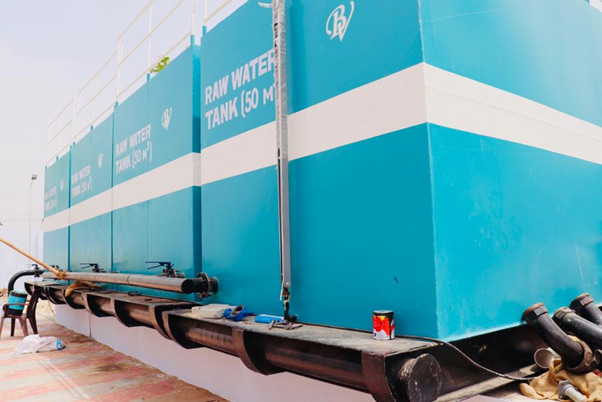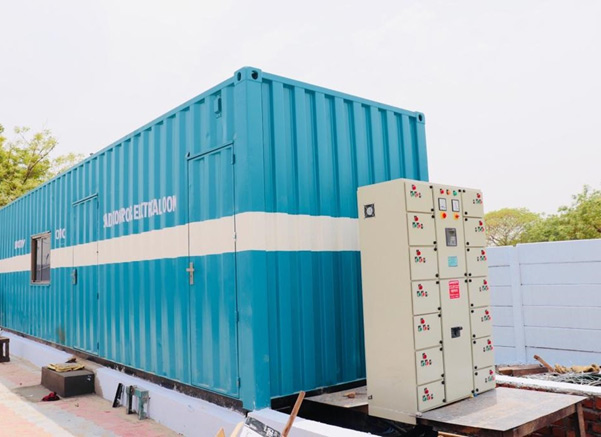Sea Survival Training
- Why is Sea Survival Training critical?
- ONGC’s Sea Survival Centre: A National, and indeed, a Global asset
- Safety is paramount and valuable
- A Training for all!
- Other important training protocols
Significant oil recovery has been obtained by a pilot in ONGC Becharji heavy oil field in North Gujarat, which was first put on production in July 1988. ONGC is going to commercialize this on a field scale. Only a few countries worldwide employ this heavy oil polymer flooding like Marmul, Nimr of Oman, Pelican Lake of Canada, Tambaredjo field of Suriname, Bentley offshore UK, etc. ONGC takes a lot of pride in accomplishing this marvelous milestone with the combined efforts of its diligent work force.
The Bechraji heavy oil field of Mehsana Asset was discovered in September in the year 1987 and put on commercial production in July 1988. As per the data on 1 April 2018, the proved OIIP and ultimate reserve of the field are 32.96 MMt and 6.76 MMt (20 % of OIIP) respectively. The viscosity of crude oil is around 270 cP at the reservoir conditions and oil API gravity is 15.6o. The viscous nature of oil causes adverse mobility ratio and results in early water breakthrough due to viscous fingering. A sharp rise in water cut (~ 80 %) is observed in the early phases of production. As on 1 April 2018, the cumulative oil production of the field is 3.81 MMt, which is 11.5% of OIIP.The low primary recovery is due to early fingering of water caused by adverse mobility ratio. This necessitated application of enhanced oil recovery (EOR) techniques to increase recovery.
In view of the limited success of in-situ combustion process, the efficacies of chemical EOR in Bechraji field was studied at IRS, Ahmedabad. The Laboratory studies and Simulation studies showed encouraging results and significant improvement in oil recovery with Polymer flooding. Accordingly, a pilot area was selected at the southern part of the field in a structurally high area. Pilot is to be carried out with single five-spot patterns, four injectors and one oil producer. To address the OIIP of 0.033 MMm3 in the selected pilot five-spot pattern, one new oil producer (BC#222), three new injectors (BC#220,221,223) and conversion of one existing oil producer (BC#106) were considered. The primary objective of this project is to test the efficacy of Polymer flooding process in Bechraji field to commercialize the scheme at field scale and gain operational insight.

Personnel commissioning polymer injection
A service contract for duration 15 months was awarded on 12 October 2018 with the period of completion marked at eight months. Against the scheduled completion date of 9 June 2019, the polymer injection process was initiated on 15 April 2019, i.e., 55 days ahead of schedule. For this advancement of schedule, Container based Modular Facilities have been used for the first time in ONGC. Also, learning from the experience, a similar concept is envisaged for the proposed application of polymer flooding in the northern part of North Kadi field (viscous oil with low recovery) so as to realize the hydrocarbon gains within 12 months from the approval of the Feasibility Report.




